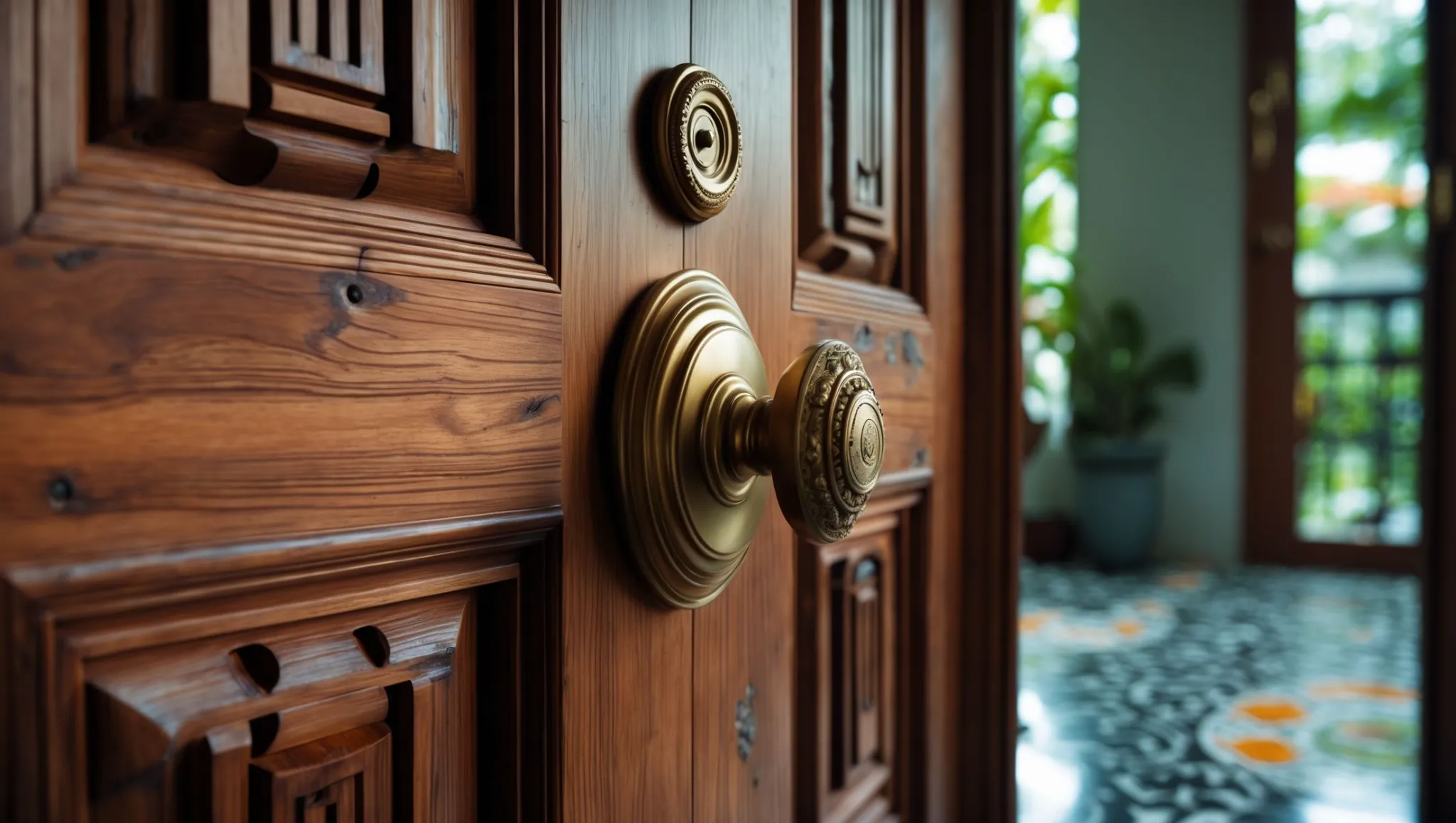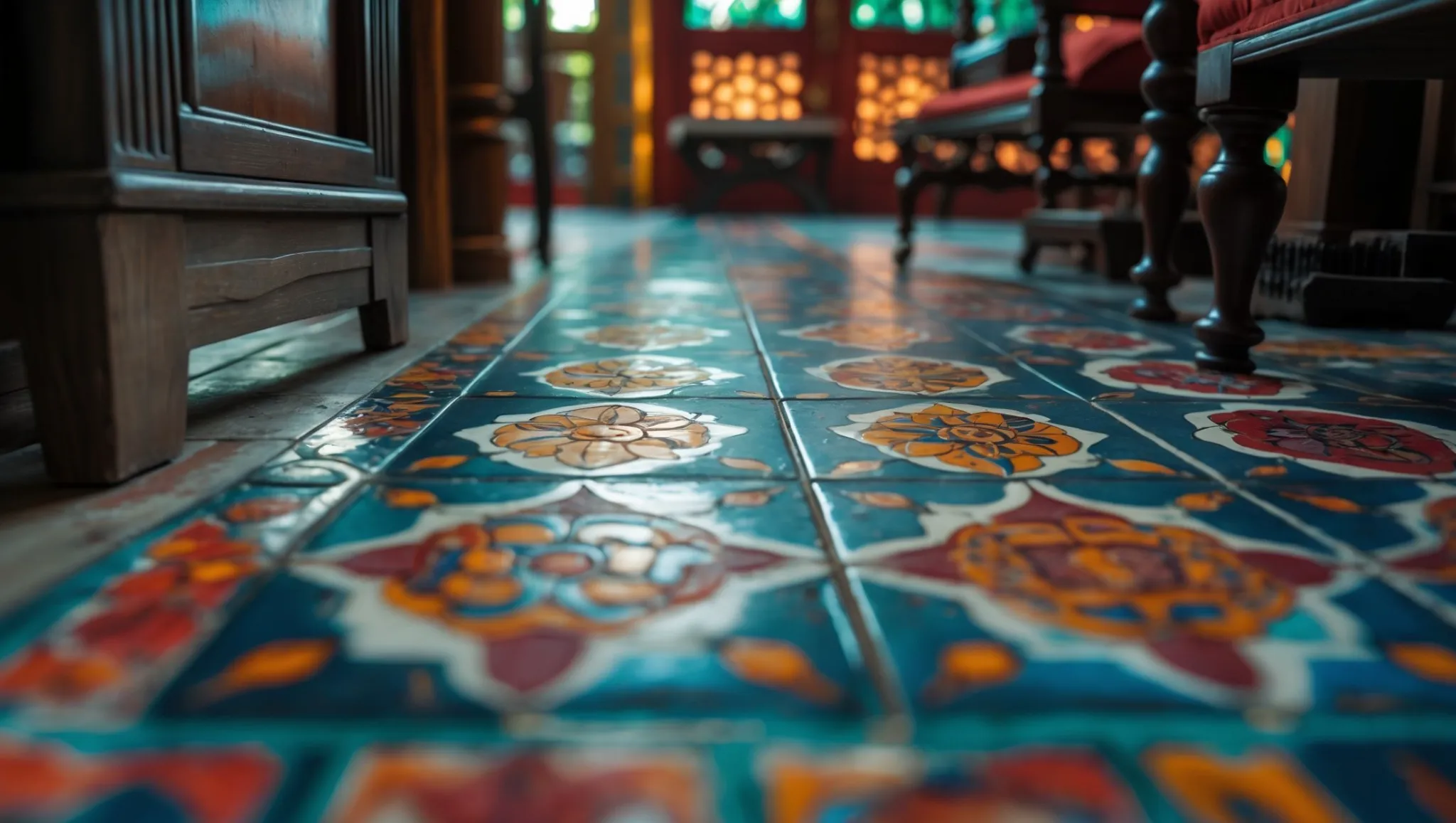Decoding the Numbers: A Guide to Evaluating the ROI of Your Rental Property Investment
Picture this: you're sipping a kopi at your favourite hawker centre in Singapore, flipping through the Straits Times, when a headline catches your eye: "Real Estate Market Continues to Soar." You've invested in rental property and the news sounds promising. But how can you tell if your investment is truly soaring along with the market?
Enter ROI, or Return on Investment. In the world of real estate investing, ROI is more than just another fancy acronym. It's the key to understanding whether your property is a gold mine or a money pit.

Understanding ROI
So, what is ROI? In simple terms, it's a percentage that tells you how much you've earned from an investment compared to how much you put in. In the context of rental properties, it's the magic number that reveals the profitability of your rental income against the initial and ongoing costs of the property.
The higher the ROI, the better your investment. Sounds simple, right? But calculating ROI involves a bit more than just basic arithmetic.

The Numbers Game: Components of ROI
When it comes to calculating ROI, you're dealing with more variables than a PSLE maths problem.
ROI is the profit earned from a real estate purchase after deducting the costs of the investment, which typically include the purchase price and any additional expenses associated with repairs or remodeling.
The general ROI formula is: ROI = (gain on investment - cost of investment) / cost of investment
Typically there are 3 categories for real investment ROI:
- Resales and cash sales: In cash sales and resale transactions, calculating ROI is often fairly simple. Subtract your total investment cost from your final sale price (often referred to as "gain"), then divide that number by the investment cost number. The result of this calculation is the ROI. Over time, your property might increase in value. This is the cherry on top of your rental income. Actually appreciation is one of the most common ways to make money investing in real estate. For example, if you purchase a home for SGD 300,000 and, over the course of five years, its fair market value increases to SGD 400,000, that means it has appreciated by SGD 100,000.
- Rentals: Owning a rental property can generate steady long-term income. Determining ROI for rentals requires first calculating your projected annual rental income and your annual operating expenses, which could include such things as insurance, property taxes, HOA dues and maintenance costs. Your ROI for a rental property can then be calculated with this formula: ROI = (annual rental income - annual operating costs) / mortgage value (i.e., the amount that still needs to be paid on the mortgage loan).
- REITs: REIT stands for real estate investment trust. This passive approach to investing in real estate involves buying shares in an REIT and earning dividends, similar to owning stock. (Some REITs are, in fact, publicly traded.)

How to Calculate ROI: A Step-by-Step Guide
Now, let's put these components into action to calculate ROI. To summarise:
- Return on investment (ROI) measures how much money, or profit, is made on an investment as a percentage of the cost of that investment.
- To calculate the percentage ROI for a cash purchase, take the net profit or net gain on the investment and divide it by the original cost.
- If you have a mortgage, you'll need to factor in your downpayment and mortgage payment.
- Other variables can affect your ROI including repair and maintenance costs, as well as your regular expenses.
Let's say you bought a property and you spend SGD 50,000 per year on expenses. If you're earning SGD 150,000 per year in rental income, and you have SGD 1,000,000 morgage value then your ROI would be (150,000 - 50,000)/1,000,000 = 10%.

ROI for Cash Transactions
Calculating a property's ROI is fairly straightforward if you buy a property with cash. Here's an example of a rental property purchased with cash:
- You paid SGD 100,000 in cash for the rental property.
- The closing costs were SGD 1,000 and remodeling costs totaled SGD 9,000.
- Bringing your total investment to SGD 110,000 for the property.
- You collect SGD 1,000 in rent every month.
One year later:
- You earned SGD 12,000 in rental income for those 12 months. This is where you can factor or calculate your occupancy rate and your average monthly rent.
- Expenses including the water bill, property taxes, and insurance, totaled SGD 2,400 for the year, or SGD 200 per month.
- Your annual return was (SGD 12,000 - SGD 2,400) = SGD 9,600.
To calculate the property's ROI:
- Calculate your annual return (see above SGD 9,600).
- Divide the annual return by the amount of the total investment (see above SGD 110,000).
- ROI = SGD 9,600 / SGD 110,000 = 0.087 or 8.7%.
ROI for Financed Transactions
Calculating the ROI on financed transactions is more involved.
For example, assume you bought the same SGD 100,000 rental property as the above example, but instead of paying cash, you took out a mortgage.
- The downpayment needed for the mortgage was 20% of the purchase price, or SGD 20,000 (SGD 100,000 sales price x 20%).
- Closing costs were higher, which is typical for a mortgage, totaling SGD 2,500 upfront.
- You paid SGD 9,000 for remodeling.
This means that your total out-of-pocket expenses were SGD 20,000 + SGD 2,500 + SGD 9,000 = SGD 31,500.
There are also ongoing costs with a mortgage:
- Let's assume you took out a 25-year loan with a fixed 4% interest rate.
- On the borrowed SGD 80,000, the monthly principal and interest payment would be SGD 422.27.
- We'll add the same SGD 200 per month to cover water, taxes, and insurance, making your total monthly payment SGD 622.27.
- Rental income of SGD 1,000 per month totals SGD 12,000 for the year.
Monthly cash flow is SGD 377.73 (SGD 1,000 rent - SGD 622.27 mortgage payment and other expenses).
One year later:
- You earned $12,000 in total rental income for the year at SGD 1,000 per month.
- Your annual return was SGD 4,532.76 (SGD 377.73 x 12 months).
So to calculate the property's ROI:
- Calculate your annual return (SGD 4,532.76)
- Divide the annual return by your original out-of-pocket expenses (SGD 31,500) to determine ROI.
ROI = SGD 4,532.76 / SGD 31,500 = 0.144 or 14.4%.
If you're interested in doing your own calculation online, we recommend to use mortgage calculator tool.

Interpreting Your ROI: What's Good, What's Great, and What Needs Work
So, you've done the math, crunched the numbers, and you're now staring at your ROI. But what does it mean? How can you tell if your ROI is giving you a thumbs up or a thumbs down?
In the realm of rental property investments, there isn't a one-size-fits-all benchmark for ROI. It can vary based on factors such as location, property type, and market conditions. But to give you a rough idea, here's a ballpark to aim for:
- Needs Work (<5% ROI): If your ROI is less than 5%, it's a sign that your rental property might not be performing as well as it could. This could be due to high expenses, low rental income, or a combination of both. It's time to put on your detective hat and investigate where you could cut costs or boost income.
- Good (5% to 10% ROI): If you're in this range, give yourself a pat on the back! A ROI between 5% and 10% is generally considered good in today's market. It means your rental property is generating a healthy income after expenses. But don't rest on your laurels-there's always room for improvement.
- Great (>10% ROI): If your ROI is above 10%, congratulations! You've hit the jackpot in the property investment game. Your property is not just covering its costs, but also generating a substantial income. This is a clear sign that your investment strategies are paying off.
Remember, while these numbers serve as a general guide, your personal financial goals and circumstances also play a crucial role in interpreting your ROI. If you're investing for the long-term, you might be content with a lower ROI now, banking on property appreciation in the future.
Your ROI is a snapshot of your investment's current performance, but it isn't set in stone. Use it as a tool to guide your decisions, whether that's adjusting rent, reducing expenses, or even selling the property. After all, in the dynamic world of real estate investment, staying informed and adaptable is the key to success.

Conclusion: Cracking the ROI Code
Navigating the world of real estate investment can often feel like finding your way through a maze at the Gardens by the Bay, except less scenic and more stressful. But understanding and calculating your ROI doesn't need to add to the anxiety.
Indeed, it's more than a just metric - it's your compass in the dynamic world of property investments, guiding your decisions and strategies. It's the key to unlocking your property's true potential and turning your investment dreams into reality.
So embrace the numbers, crack the ROI code, and take control of your rental property investment journey. Because in the world of real estate, knowledge isn't just power - it's profit.














